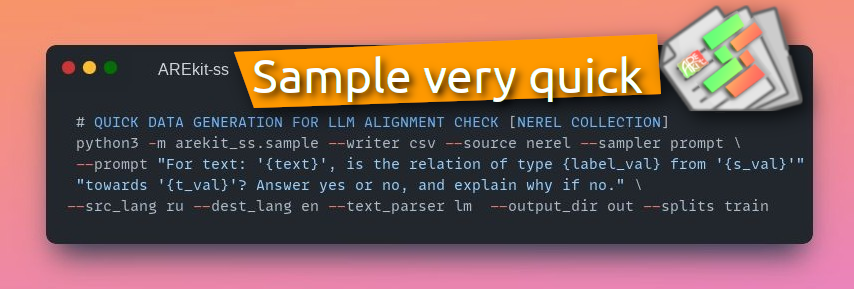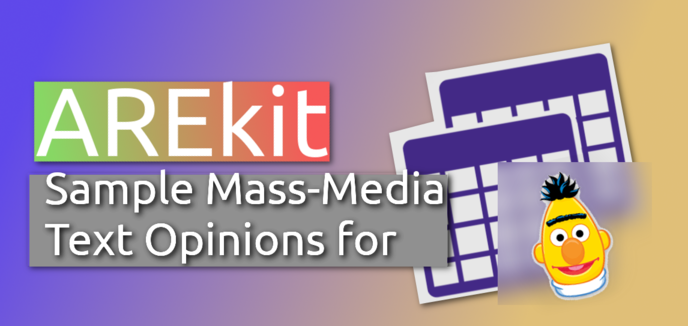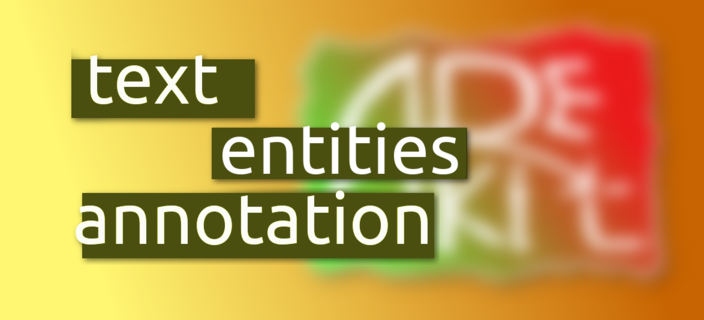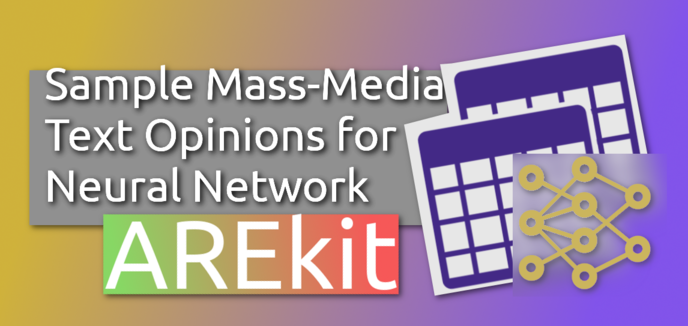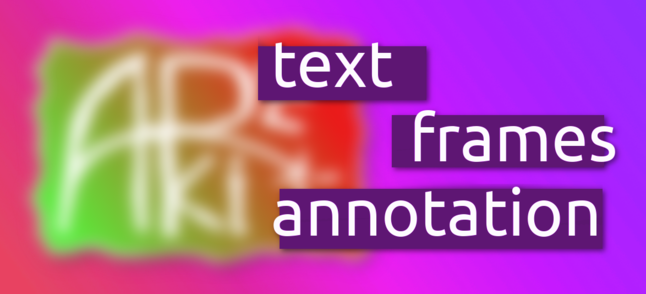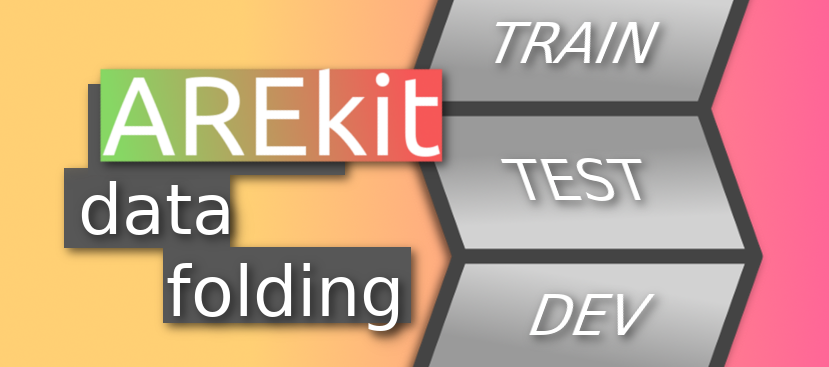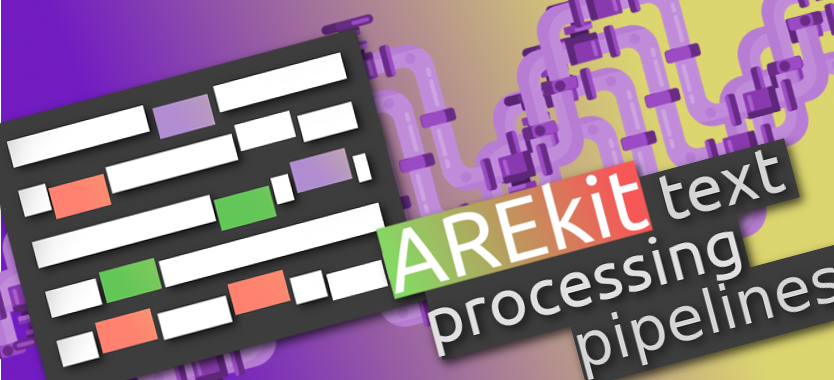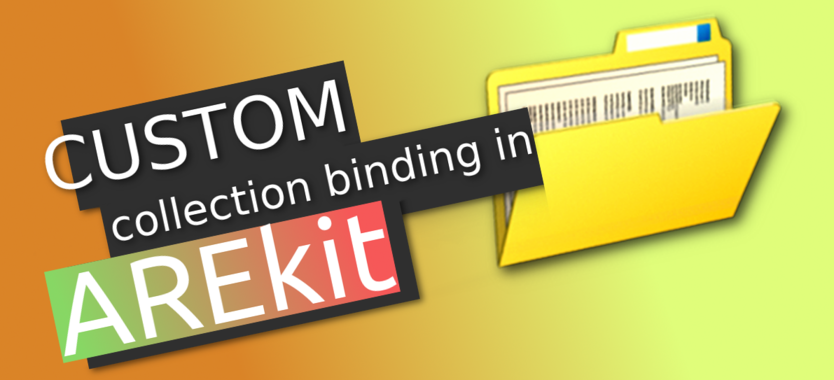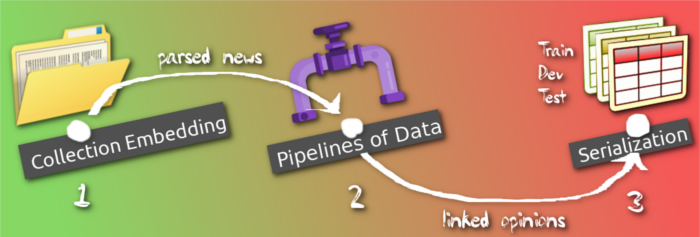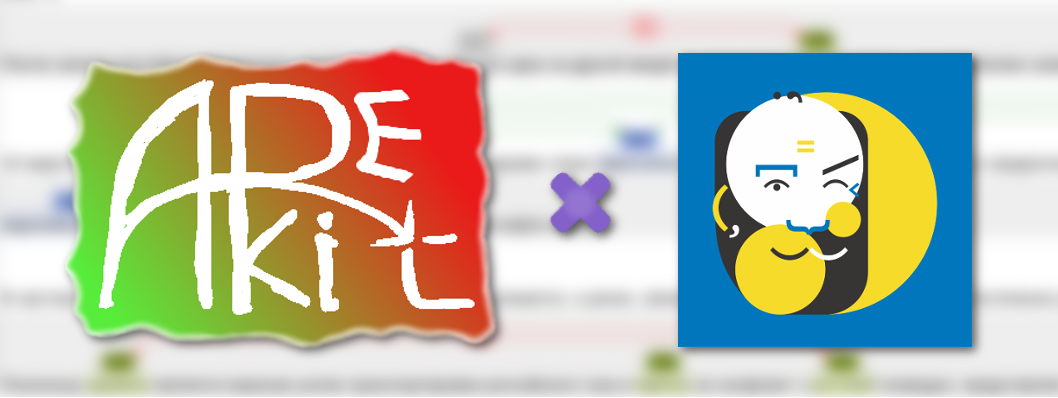I missed the train but got no delays: story of traveling from north to south in the UK
🖼️ Unexpected traveling plan from Bolton to London: 1-2 Initial Route ⚫, but I took 3-4 🔴
Manchester Picadilly station represents one of the larges hub that connects South-West UK county.
Once you calling Manchester, no matter coach or train, you instantly becoming aware of it.
I used to callig that place for a long time, and it used to be journeys from far away: Newcastle Upon Tyne, and so far London (Euston train station) in this list.
However, there is a known psychological effect that finds manipulative applications in certain industries and involves repretitive series of actions with the same outcome.
Something that you’re doing quite often through the same path makes you a biased person in the particular domain area.
This is what happened and you may find yourself the same way …

